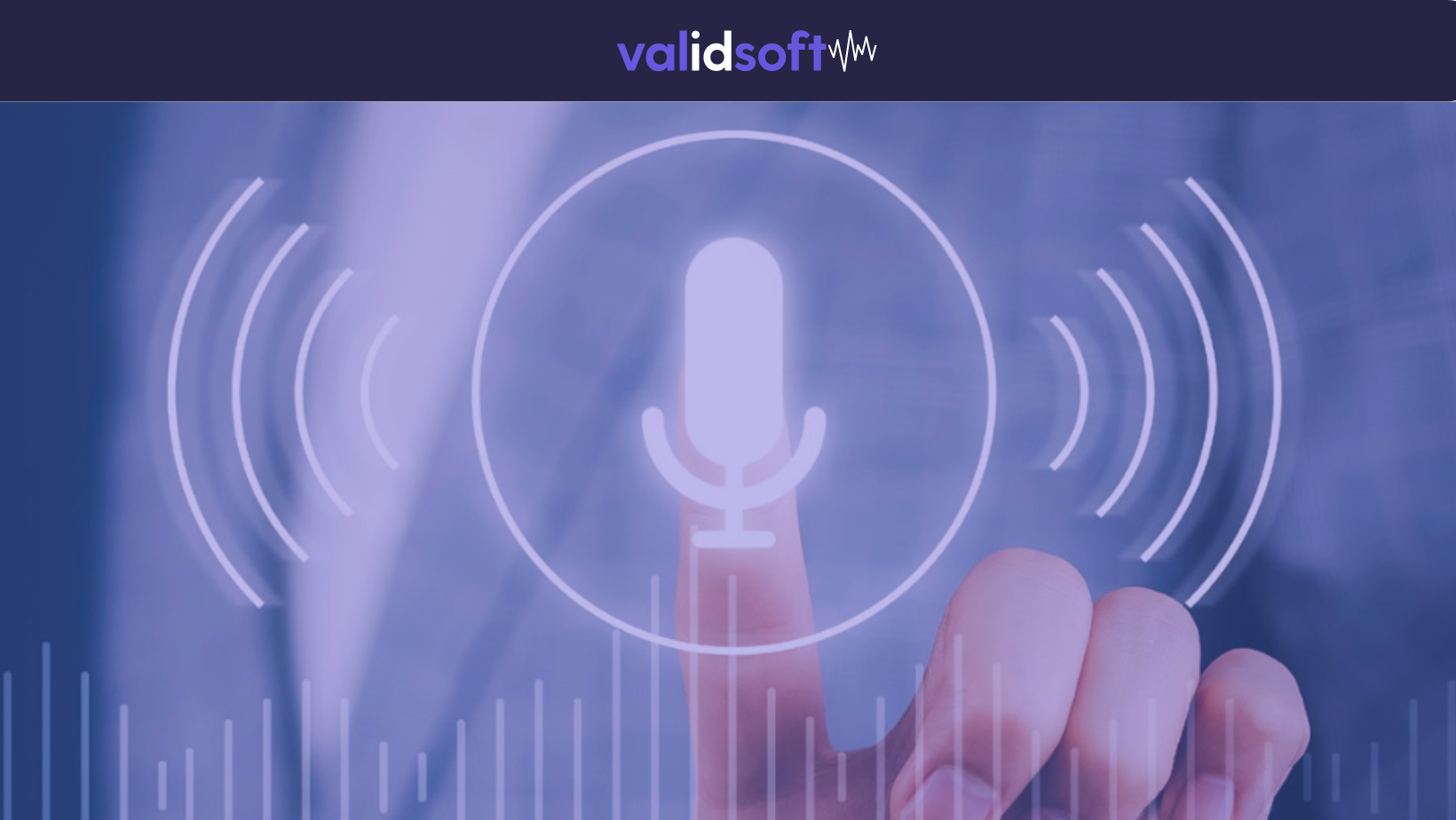Cybersecurity threats evolve faster than we can keep up, and the announcement by OpenAI to consider phasing out voice-based authentication as a security measure for accessing bank accounts and other sensitive information raises eyebrows and, frankly, concerns.
It’s a bold statement, suggesting a retreat from a battlefield where the threats have only intensified. Yet, here we stand, firmly disagreeing with the misguided and incorrect notion of stepping back from voice authentication, a domain where innovation and resilience have shown us a path forward rather than a reason to retreat. Simply put, we cannot afford to throw the towel in as OpenAI would have us believe, or indeed concede an inch, since the foundational principles of integrity, trust and authenticity are at stake. Never before has humankind been faced with such a global accessible threat, and if we were to lose this battle, which we won’t, the pillars of our world would collapse.
Why We Disagree With OpenAI’s Stance
OpenAI’s stance underestimates the dynamic nature of cybersecurity and the relentless pursuit of protection by experts in the field. It suggests a passive surrender to the advancing threats of deepfake audio technologies without acknowledging the robust defense mechanisms already in play, and the R&D being invested in AI speech science technologies to counter even the latest generative AI deepfake audio.
Abandoning efforts to overcome challenges in biometric security, especially voice biometrics, is essentially equivalent to wasting billions of dollars invested in security infrastructure. More importantly, it means delaying serious measures against deepfake-related fraud until it reaches a critical level of threat—a tactic that is both hazardous and unrealistic. The truth is, that whilst legacy voice biometrics has demonstrable vulnerabilities, the cybersecurity industry, spearheaded by pioneers like ValidSoft, is anything but static and has already developed the technology to detect and prevent the latest deepfake audio attacks.
The Evolution of AI Speech Science
ValidSoft’s continuous research and development efforts stand as a testament to the cybersecurity industry’s adaptability and resilience. The threat of deepfake audio, while real, is met with sophisticated, evolving AI defenses that make modern voice authentication technology a far cry from its legacy counterparts. These modern systems, built on layers of detection mechanisms, are specifically designed to counter the nuances of voice cloning and other synthetic voice attacks.
The crux of our argument lies not in denying the threat, but in understanding it and highlighting the efficacy of the countermeasures. ValidSoft’s technology, for instance, excels in detecting a multitude of speech attack vectors, including generative AI speech, robocalls, voice mimicking, voice morphing, replay attacks, and scripted IVA attacks—all in real-time. This is a clear indicator that as voice cloning technologies evolve, so too do the methods to detect and prevent their misuse.
A Layered Approach: The Best Defense
A single legacy security measure, in isolation, may indeed be vulnerable. However, the strength of modern voice authentication lies in its integration within a multi-layered security approach. This strategy doesn’t just rely on one form of authentication but combines it with others, such as secure OTPs, trusted devices, and unique voice patterns. By doing so, it creates a robust defense mechanism that significantly raises the barrier for fraudsters.
Moreover, this layered approach, highlighted by ValidSoft’s multifactor voice biometric solution, SeeSay®, offers an out-of-band spoken cryptographically generated OTP option. It’s a combination that not only leverages technology but also adapts to the ever-changing threat landscape. This type of cryptographical, non-repudiation, irrevocable, and data immutable precision voice biometrics coupled with ValidSoft Voice Verity™ deepfake audio detection, is a testament to the development of voice authentication against sophisticated attacks. Next-generation solutions as a layered approach are how enterprises can protect their customers and themselves from voice cloning tools that are misused by fraudsters and are easier to use than traditional authentication technologies
AI vs. AI: An Arms Race
At the heart of this debate is an arms race between the creators of voice cloning tools which fraudsters misuse and the developers of security detection mechanisms. It’s a battle where AI combats AI, with each side continuously advancing its techniques. The emergence of deepfake technologies and their misuse by fraudsters is a concern, but it’s one that security companies like ValidSoft understand and are actively, and successfully, addressing.
Companies like ValidSoft operate on principles of trust, integrity and authenticity, putting these foundational values at the forefront of their solutions. It’s not just about countering threats but doing so in a way that maintains the confidence of their clients and the security of their data.
In conclusion, the narrative that voice authentication should be considered to be phased out in light of deepfake threats is not only premature but neglectful of the significant advancements in AI cybersecurity defenses. The path forward is not to retreat but to trust in the ongoing innovation and dedication of security experts.
Companies like ValidSoft exemplify the proactive, determined stance against cyber threats, ensuring that as the landscape evolves, so too does our defense, keeping one-step ahead of malicious actors. It’s an arms race, a journey of constant adaptation, where the only way to effectively counter sophisticated AI attacks is through equally sophisticated, ethical, and resilient AI security solutions. And the stakes couldn’t be higher – truth, trust, and integrity are at stake.



